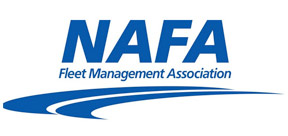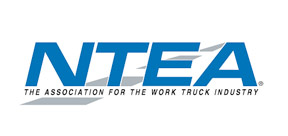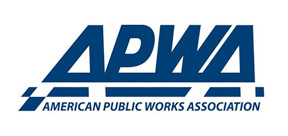Massachusetts capital takes cross-departmental approach to rat issue

Who wants to think about rats – those pesky, filthy nuisances – invading their cities? But in densely populated cities like Boston, Mass., rat control is something city officials have to confront.
The Norway rat, an invasive species brought to the U.S. on ships hundreds of years ago, now occupies many municipalities’ sewers and city spaces. John Ulrich, assistant commissioner of environmental services in the city of Boston, has led initiatives to control and decrease the now-pervasive rat population.
“I think all neighborhoods have rodent challenges,” he said, explaining that most of the issue stems from the intersection of waste disposal and population density.
He noted that Mayor Michelle Wu launched the Boston Rodent Action Plan in June, a coordinated effort across city departments. The first step was to hire the world’s leading rodentologist, Dr. Bobby Corrigan.

Corrigan met with the heads of city departments and also toured the city. After assessing the problem, he wrote a report, “and that report is our guide moving forward,” Ulrich said.
His findings focused heavily on trash and the storage of it, so educating the population about proper waste disposal became a top priority.
“Human behavior is really our biggest challenge – getting folks to understand the connection between trash storage and rodent activity, making sure people store their trash properly and clean up after their animals.”
The rodent action plan brings together the different departments within city government, which work together to manage the problem.
“We meet regularly to address the root causes of rodent activity, to look at ways we can collaborate and things we can work on to address rodent population issues,” he said. “We’re using the integrated pest management approach, looking at the root causes of rodent activity instead of reactively responding to complaints and also looking at how all the departments have an impact. We explore ways we could tweak those operations so we have better results across the city and improve the quality of life of the residents, which is our main goal.”
Tourism is big in the very walkable city of over 650,000 residents. One way it was determined that Boston might be kept cleaner and as rat-free as possible was for the Department of Environmental Services to install rodent-resistant barrels in Boston Commons to reduce the vermin’s food sources.
“We’re also looking at technology in the sewers and on the surface – rodent sensors and smart trapping in the sewer system,” Ulrich said. These sensors, he hopes, will give city officials a better idea of the size and location of rodent populations.
Currently, there is no effective way to gauge how many rats the city houses or how its pest control measures are working.

Ulrich also explained that another large part of the report was the effect that second-generation anticoagulants had on the environment, “so we’ve eliminated that from our operation.” Instead, the city uses carbon monoxide and carbon dioxide, which are effective means of controlling the rat population.
Education is key to successful pest control, and one way Boston is going about it is through a food waste program that emphasizes to citizens the importance of separating food waste from the rest of their trash. This reduces the possibility that food waste will become rat fare.
The city’s 311 line links constituents directly with city services. When someone calls or uses the app to report a rat-related complaint, an inspector will report to the residence in 24-48 hours. Ulrich called it “the best tool that we have.”
For problems on private property, the city uses enforcement tools such as non-fine violations. The goal is not to make money on fines, but to assist with the problem. “Compliance through assistance is what we aim for.”
In addition to working within the city structure, some residents have taken it upon themselves to address the issue. Ulrich pointed out that in one neighborhood, the residents came together and contracted with a company that specializes in rat fertility control products to test the use of the product in their area. Ulrich came along to observe.
“In the city, we live so close together that we basically share property. What one property owner does affects so many others. When you have that cooperation in a neighborhood, we like to encourage that.”
The city is currently in talks with a couple of other companies that innovate fertility solutions for rat population as well, but they have not engaged in public testing just yet.
Ulrich noted that Boston has communicated with other cities that face a similar issue – New York, Philadelphia and Seattle, to name a few. “If something is working in one place, the word gets out.” He also sends representatives from his department to pest control conferences to learn effective methods of control.
In his 21 years working for the city, and three-and-a-half in his current position, Ulrich said he has always aimed to serve the people and better the city of which he is a seventh-generation resident.
“All of this work is constituent services. It’s trying to address the quality of life for Boston residents, and that’s what I really enjoy. Sometimes it’s challenging, but I love to do it. And I love this city.”
Next Article: Harrisonburg implements a second life for fallen trees


